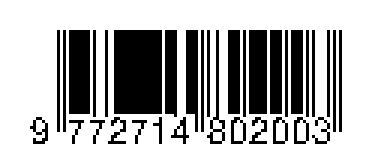APLIKASI GROUP TECHNOLOGY BERDASARKAN ANALISIS PART DAN MESIN UNTUK MENENTUKAN ONGKOS PERPINDAHAN MATERIAL
DOI:
https://doi.org/10.34151/technoscientia.v3i2.475Keywords:
Material handling, Group Technology, Manufacture lay outAbstract
Bond Energy Algorithm (BEA) is a method that used in this group technology. This method is used for analyzing and for group is machine-part into manufacture cell. Euclidean distance is used for measuring material handling distance. BEA method becomes a model on stating the expense. The choice is done with performance measure calculation. Based or grouping result using Bond Energy Algoritm method produce five manufacture cell, they are cell 1 from machine 1 and part 14-12, cell 2 from machine 2-3-8-9 and part 4-11-13, cell 3 from machine 4 and part 10-1, and cell 4 from machine 5 and part 6-2. Cell 5 machine 7-6 and part 5-3-9-7-8. The result of material handling distance measurement is 220.97 meters with material handling cost Rp 12,245,832.57 per month. Based on the result of group technology lay out produce or yield material handling cost that can be used as new alternative on designing lay out.
References
Rajamani, D., 1996, Celular Manufacturing System Design, planning and control, Champman & Hall, London.
Assuari, S, 1978, Management Produksi, Lembaga Penerbit Fakultas Ekonomi Universitas Indonesia.
Wignjosoebroto, S., 2000, Tata Letak Pabrik dan Pemindahan Bahan, Edisi III, Guna Widya, Surabaya.
Turner W.C, Mize E.C, Nazemetz J.W (Janti G, Nyoman S), 2000, “Pengantar Teknik dan Sistem.







